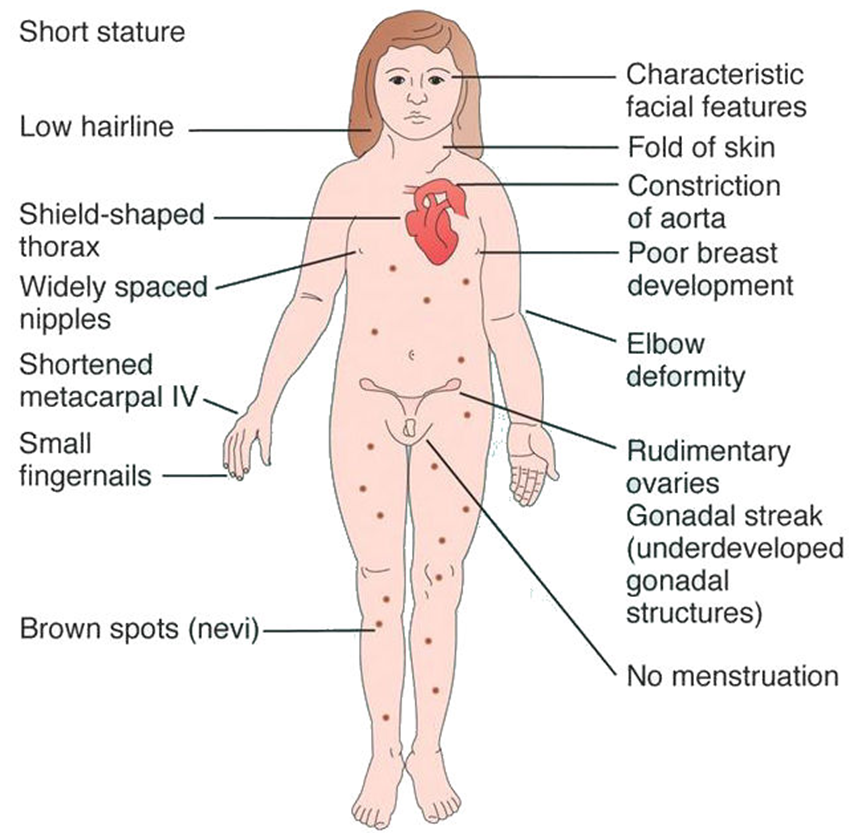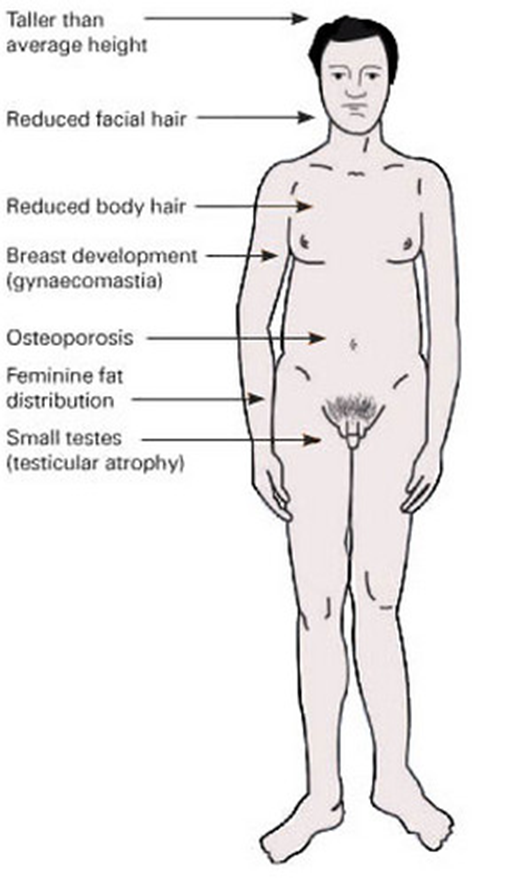Health Problems of School-Age Children & Adolescents PPT
1/40
There's no tags or description
Looks like no tags are added yet.
Name | Mastery | Learn | Test | Matching | Spaced |
|---|
No study sessions yet.
41 Terms
what is the biologic development of school-age and adolescents triggered by?
by hormonal influences & controlled by anterior pituitary gland in response to stimulus from the hypothalamus — initiation of puberty
what Erikson stage of development is going on during age 12-18 (adolescent)?
identity vs role confusion
teenager refines sense of self by testing different roles and combining them to create a single identity or becoems confused about who they are
what are the health-related beliefs that make up an adolescent’s conception of self?
Imaginary audience (everyone is watching)
Personal fable (won’t happen to me)
what are the changes in social cognition that make up an adolescent’s conception of self?
Understanding of others’ thoughts & feelings
Mutual role taking
Effect on health-related choices
how are peer groups important for school-age and adolescents?
significant in socialization, development, and their value can/may be placed on peer relationships
how is schooling important for school-age and adolescents?
it plays an important role in prep for adulthood
can be influenced by parental involvement
there is an effect of academic success or failure on self-esteem
what is Turner Syndrome?
a health problem of adolescents — more identifiable in this stage
chromosomal condition characterized by 45X or 45XO or monosomy X
they will be of female phenotype (only affects females)
is rare-ish: 1/10,000 births
short in stature, shortened metacarpals, particular facial features, different finger joints (maybe scoliosis); renal or cardiac dysfxn; may not have ovaries
what is Kleinfelter Syndrome?
a health problem of adolescents — more identifiable in this stage
affects the male phenotype
less rare: 1/1,000 births
caused by extra X chromosome (XXY or XXXY, etc.)
what’s the image exemplifying:

Turners Syndrome
what’s the image exemplifying:

Kleinfelter Syndrome
what are some causes of pubertal delay (other than turners and kleinfelters)?
constitutional growth delay
chronic illnesses in other systems
other congenital defects
psychosocial or deprivation dwarfism
familial tendency
what’s the nurses overarching role in children with pubertal delay?
assessment, treatment, and teaching
what are the characteristics of assessing children with pubertal delay?
14 y girls, 15 y boys
Family growth history
Skeletal growth
Body image and social interaction
what are the characteristics of treating children with pubertal delay?
•May choose to wait on treatment
•Hormone therapy (testosterone, ethinyl estraidol, medroxyprogesterone)
•Psych support
what are the characteristics of teaching children with pubertal delay?
•Support and reassurance about body image and social issues
•Educate on medications and injections
what is the trend for asolescent pregnancy?
on the down — was 61.8% of births in ‘91; is at 13.5% now
what are the medical considerations/aspects for adolescent pregnancy?
Delayed or inadequate prenatal care
Diagnosis
Complications à ectopic/structural factors
Nutritional needs
what are the general components in the case of adolescent pregnancy?
Contraception use
Medical aspects
Social & Economic aspects
Mother-Infant Relationship
Family-centered care
Nursing care management
what is early sexual initiation in adolescents associated with?
negative physical and mental health outcomes
what are some negative physical and mental health outcomes that are associated with early sexual initiation in adolescents?
•More lifetime partners, more risk STI
•Higher rates teen pregnancy, abortion
•More likely to use alcohol/drugs in connection with sex
what are the common characteristics of anorexia in adolescents?
Abnormally low BMI < 17.5
Intense fear of gaining weight
Distorted body image
what population is primarily affected by anorexia in adolescense?
females (90%)
what’re the factors that affect/influence anorexia in adolescents?
Genetic vs. Environmental
MH and Development
Family
Media and Society
Beware of stereotypes
what are some purging behaviors that are seen in bulimia and/or binge eating?
Laxatives
Self-induced vomiting
Diuretics
Rigorous exercise
how many times do people “purge” per day?
up to 8 or more cycles per day
what are suicide pts considered?
an immediate and urgent emergency — requires immediate intervention and intention
what are the characteristics of school refusal or phobia?
fear of attending school
vomiting, diarrhea, headache, abdominal pain
needs evaluation by a mental health professional
what are some ways to prevent or inhibit school refusal/phobia?
expose children to school in small degrees, increasing exposure slowly ovet time. eventually this well help them realize there is nothing to fear and that nothing bad will happen
talk w your child about feelinfs and fears. which helps reduce them
arrange an informal meeting w teacher
help focus on positive
teach self-help methods
meet w counselr for extra support
enourgae hobbies
help child w support system
what are the characteristics of acne?
•80-95% of teens
•What it’s not: dirt, chocolate, not washing face enough
•What we know: teen hormones -> more active sebaceous glands -> clogged pores -> inflammation
known related factors: diet, stress, nicotine, inflammatory markers, genetics, hair and skin products
what’s the typical tx of acne?
Reduce inflammation: Omega 3s, low glycemic diet, daily exercise, stress, sleep, hydrate
what are the characteristics/features/aspects of emergent care of unaccompanied youth?
Food, shelter, supervision
Treatment of current health problems
Vaccinations
Lice and Scabies
TB testing
Trauma and behavioral health
School
Emancipation?
is there a legal obligation to inquire or report a patient’s immigration status?
NO
what are health care facilities with regards to immigration law?
“sensitive locations” where immigration enforcement avoided
what does HIPAA prohibit with regards to immigration law?
they prohibit use of PHI without consent except when required by law.
what’re the Need-to-know facts regarding immigration law and the role of the nurse?
Health care facilities = “sensitive locations” where immigration enforcement avoided
No legal obligation to inquire or report a patient’s immigration status
HIPAA prohibits use of PHI without consent except when required by law.
what drug is responsible for the highest amount of drug overdose deaths?
opioids
what percentage of CPS cases in TX involve drugs or alcohol?
75-80%
what are the characteristics of intimate partner violence in adolescence trends?
they’re on the rise
what are the GENERAL characteristics of intimate partner violence in adolescence?
•10% of HS boys and 20% girls report being hit, slammed into something, injured on purpose, forced to engage in sexual activity.
•National Survey on Teen Relationships and Intimate Violence: more than 60% of adolescents who have dated have experienced emotional IPV (humiliation, controlling behavior, isolation)
•Adolescents, particularly girls, in dating relationships may face risk of homicide, especially in a breakup or jealousy and perpetrator access to firearms
what are some related factors for the fact that adolescent violence is on the rise?
Adolescent resources lack access to IPV services
Legal restrictions can ban adolescents from adult IPV shelters
Some local laws do not recognize a dating relationship as IPV (vs. marriage or cohabitation)
what are the key things to know in this ppt?
what are some things you should involve law enforcement on
child safety above all else
how to involve CPS
know the growth and development of children (identity vs role confusion)